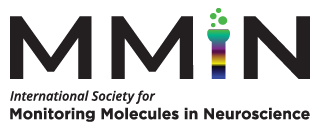About
The Society provides governance for the Monitoring Molecules in Neuroscience international conference, the first iteration of which was held in Nottingham, UK in 1982 by Prof. Charles Marsden and colleagues. The conference has taken place every 2-3 years since then, providing a forum for the latest developments in methods for time-resolved neurochemical monitoring. Regular attendees of the conference include the pioneers of in vivo microdialysis, voltammetry and electro-enzymatic biosensors, and the meeting has evolved to embrace functional imaging and electrophysiological approaches and the latest genetically engineered optical-receptor sensing developments, together with optogenetic/chemogenetic manipulations of neural networks. The conference brings together scientists applying these approaches to current questions in neuroscience, neurology, psychology and psychiatry using a range of model systems from single cells to studies in humans.
The Society is composed of general membership, an elected Scientific Advisory Board and a conference Organizing Committee. The Organizing Committee is formed by an elected chair and is responsible for hosting the forthcoming Monitoring Molecules in Neuroscience international conference.
Officers
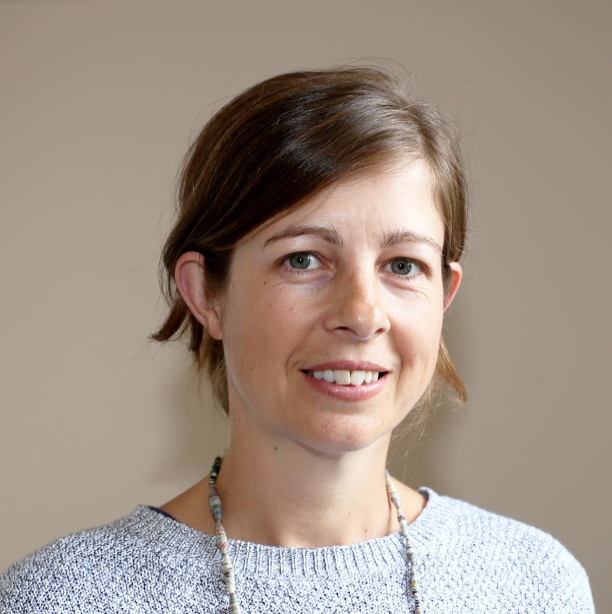
Stephanie J. Cragg
President
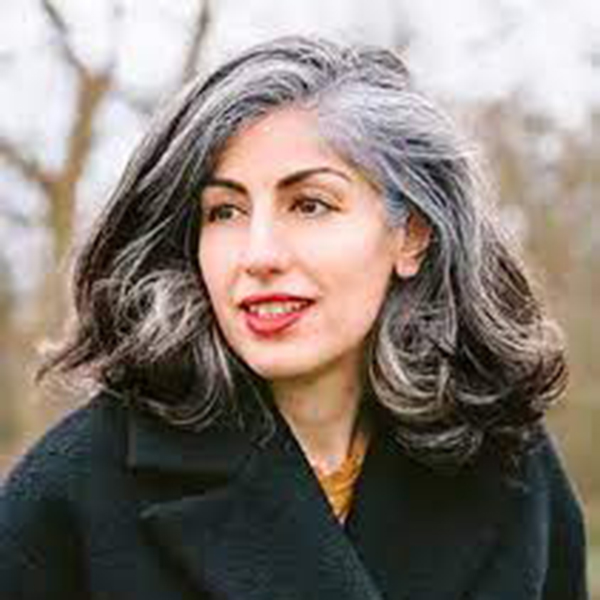
Parry Hashemi
President-Elect
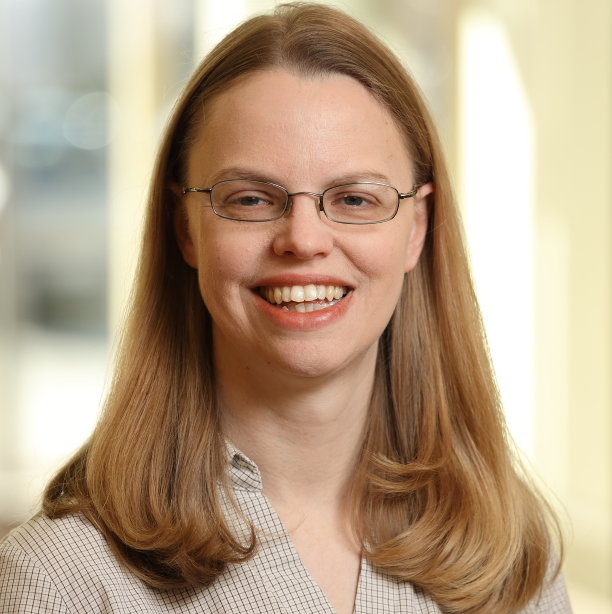
B. Jill Venton
Past President
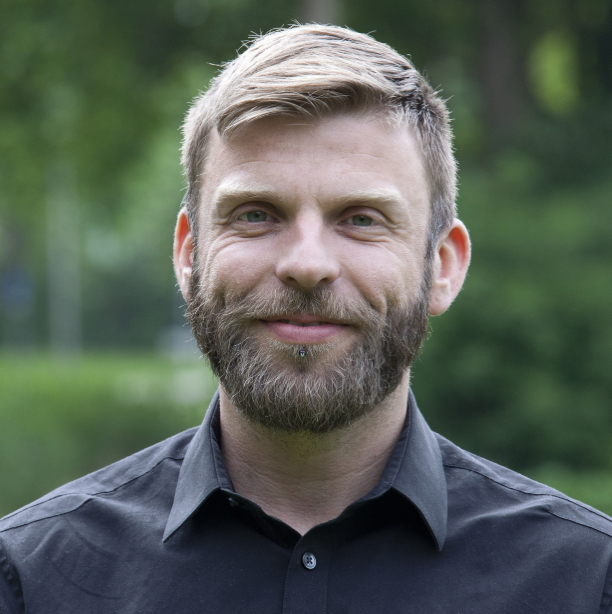
Ingo Willuhn
Conference Co-Chair
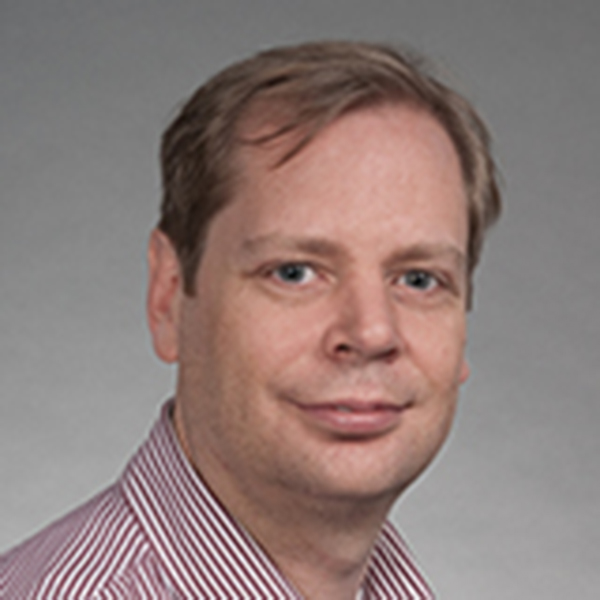
Paul Phillips
Conference Co-Chair
Scientific Advisory Board (end of term)
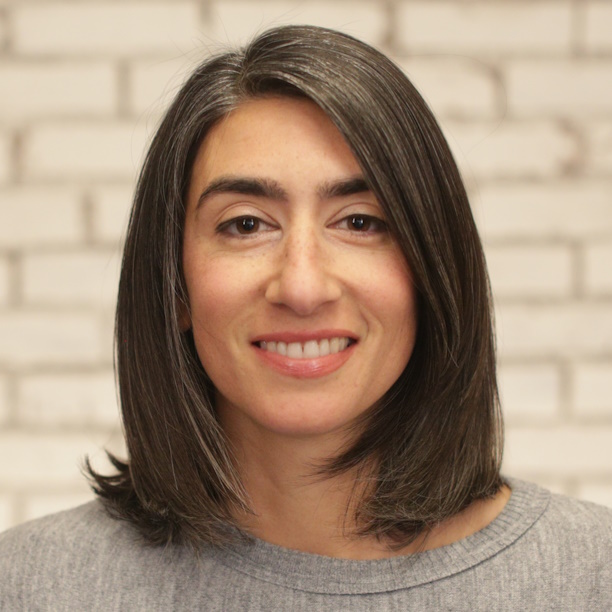
Ream Al-Hasani
USA (2026)
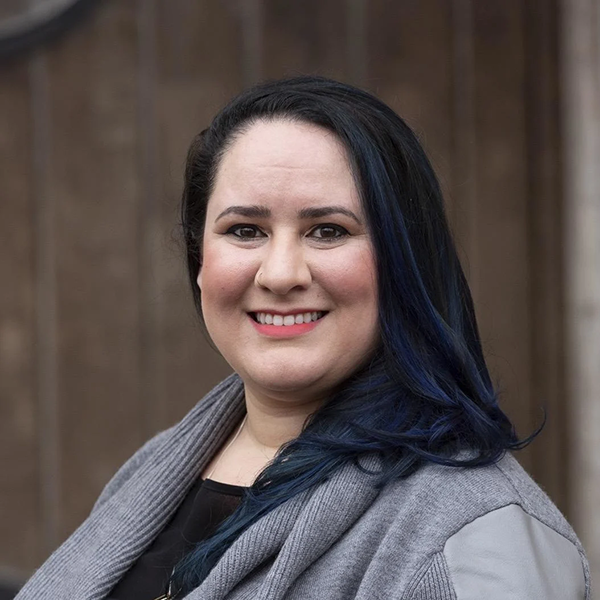
Lauren Burgeno
UK (2026)
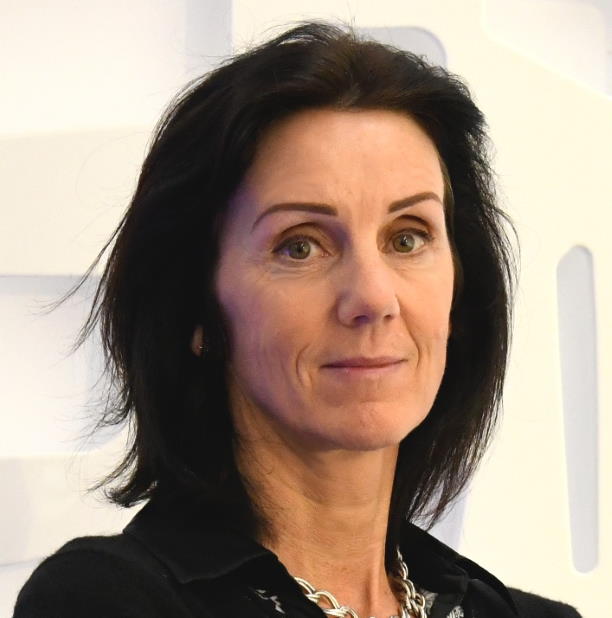
Barbara Ferry
(2026)
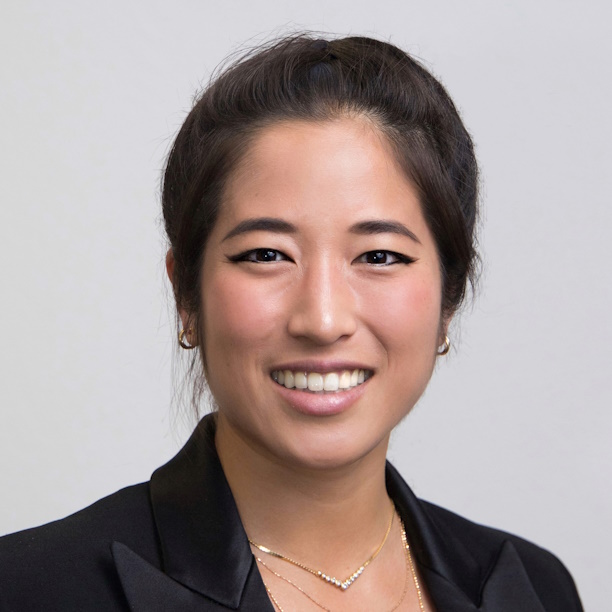
Nako Natatsuka
Switzerland (2026)
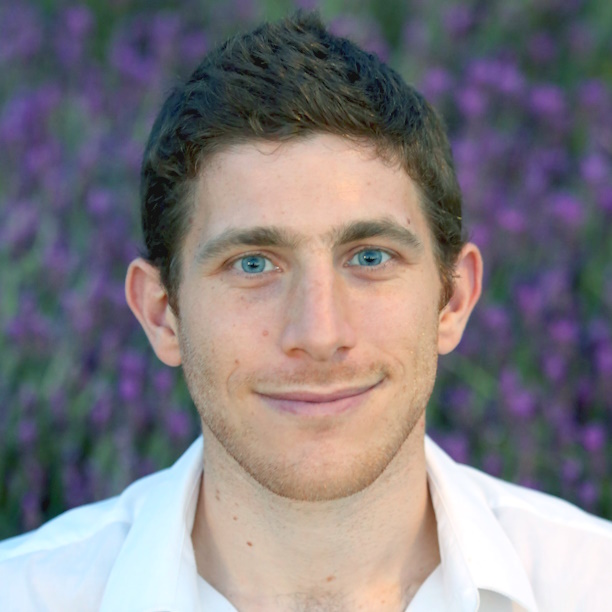
Tommaso Patriarchi
Switzerland (2026)
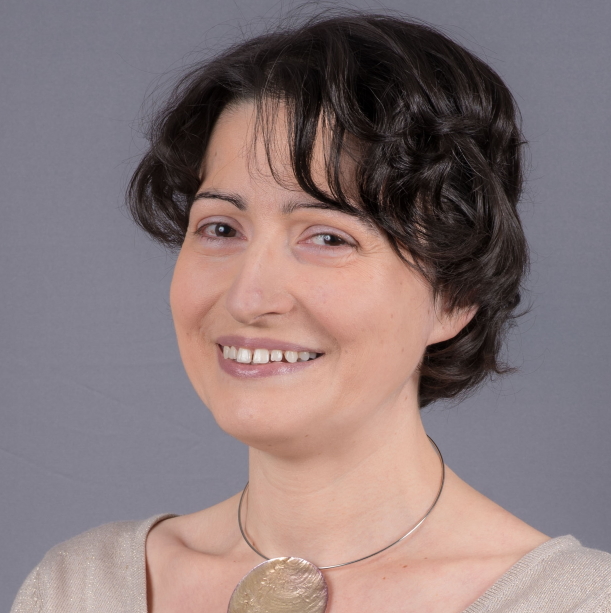
Sandrine Parrot
(2026)
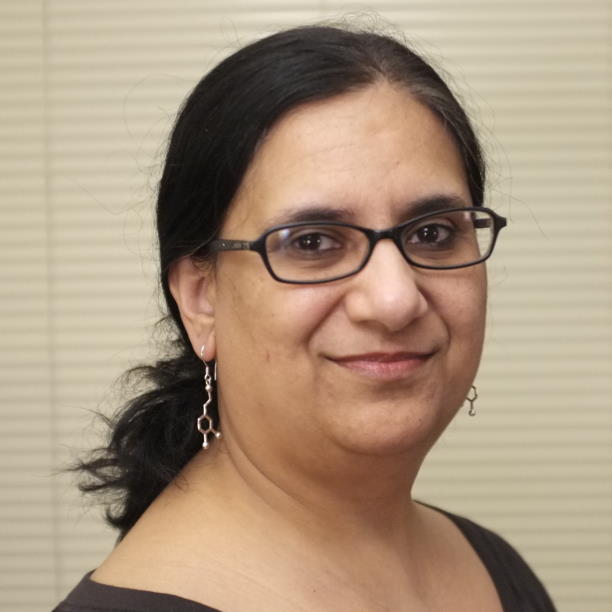
Jyoti C. Patel
USA (2026)
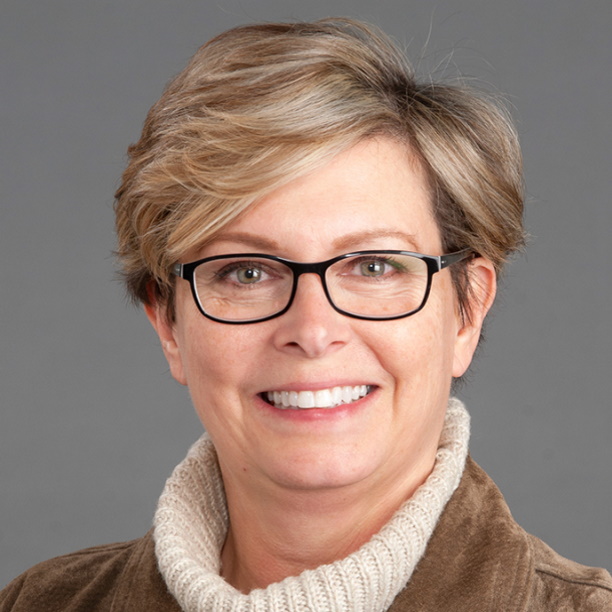
Sara R. Jones
USA (2026)
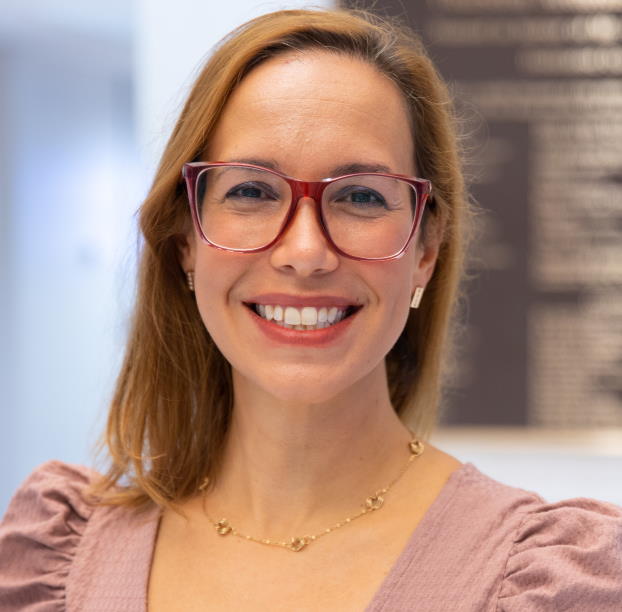
Zoe A. McElligott
USA (2026)
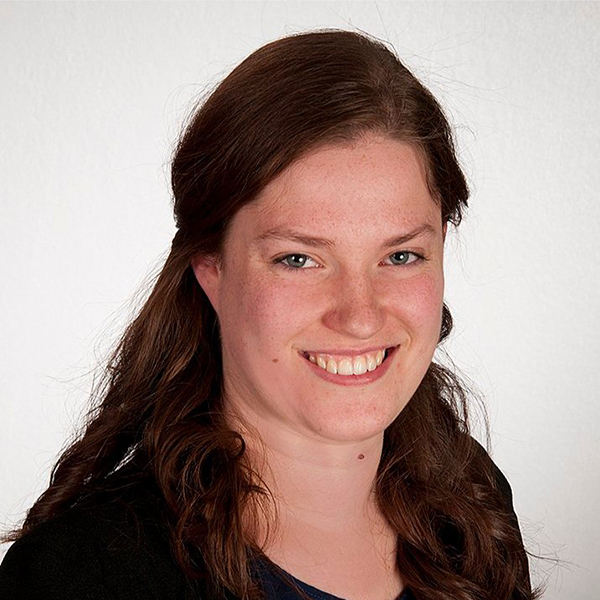
Bettina Bohl
(2028)
Michael Johnson
(2028)
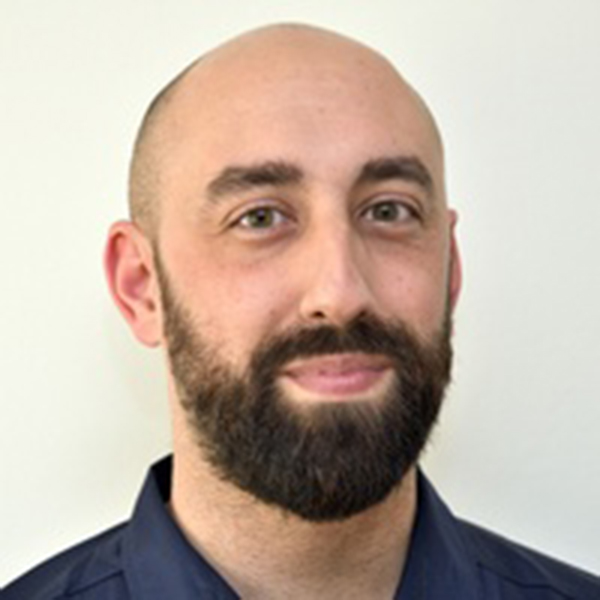
Fabien Naneix
(2028)
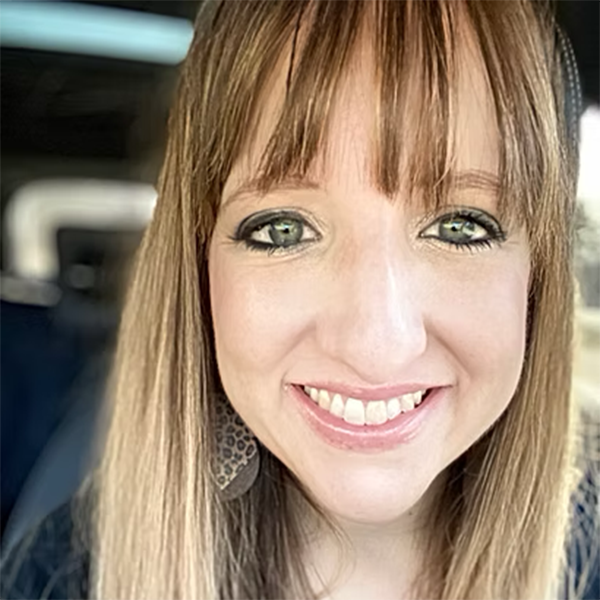
Ashley Ross
(2028)
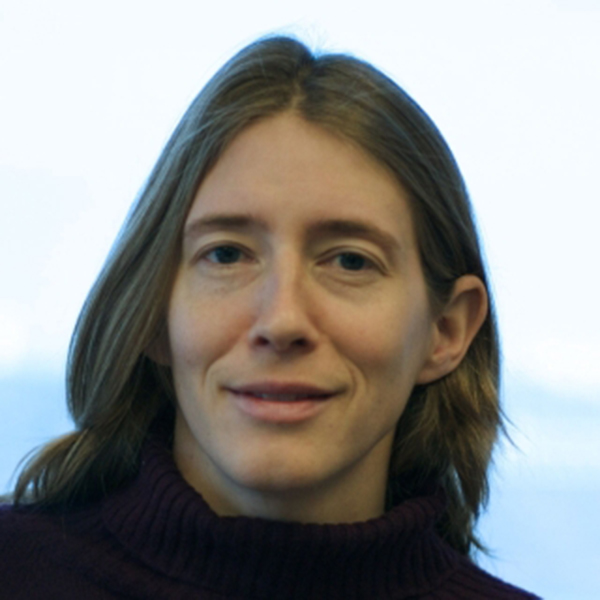
Eleanor Simpson
(2028)
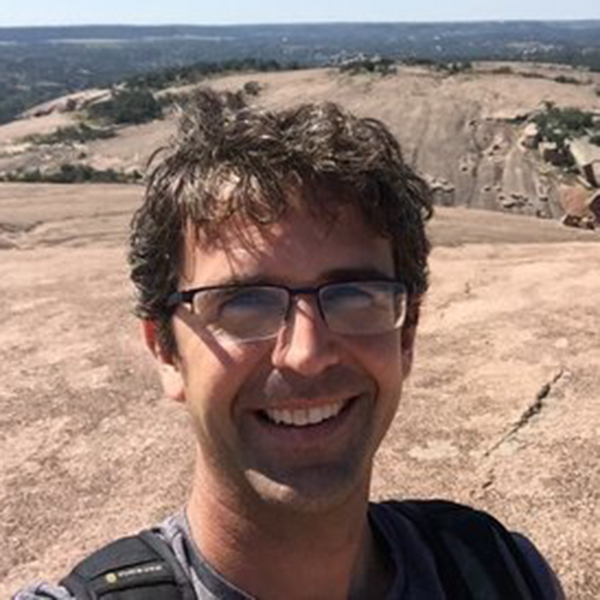
Matt Wanat
(2028)
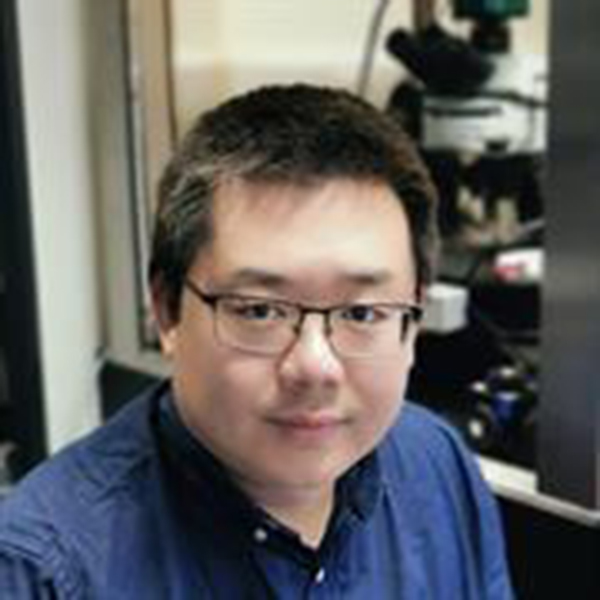
Yanfeng Zhang
(2028)
Past Presidents
Jill Venton (2022-2024)
Nigel Maidment (2018-2022)
Martyn Boutelle (2016-2018)
Margaret Rice (2014-2016)
Paul Phillips (2012-2014)
Society By-laws
Terms of service for officers and committee members
Terms of service will be defined based upon the scheduling of the conferences where a term begins at the end of one Monitoring Molecules in Neuroscience international conference and finishes at the end of the next (usually two years).
Business meeting
A business meeting will take place during each conference, which will be open to all members of the society and will be chaired by the current Conference Chair. At this meeting the President will give an update on the affairs of the Society. The current Conference Chair will summarize the current conference organization and give a financial report on the conference. Discussion will then be opened to the floor on conference organization and any other matters arising. Next, proposals for future conference venues will be presented by the proposed chairs and/or co-chairs. Finally, elections will take place for the Scientific Advisory Board.
Conference Chair(s)
Proposal for future venues of the Monitoring Molecules in Neuroscience international conference will be presented at the business meeting during the current conference. Proposals may be presented for the next conference (usually in two years from the current conference) if not already assigned, and/or for the next but one conference (usually in four years from the current conference). The proposal will include a named Conference Chair and may include a named Conference Co-Chair. Following receipt of formal proposals submitted in consultation with the Society’s conference agents, a final decision on venue will be made by the Scientific Advisory Board, meeting virtually in the weeks following the conference, taking into consideration the views expressed at the Business Meeting.
The individual(s) elected as Conference Chair(s) will assume responsibility for the organization of the Monitoring Molecules in Neuroscience international conference working in close collaboration with the Society’s conference agents, and subsequently will serve on the Scientific Advisory Board.
Local Scientific and Organizing Committees
The Local Scientific and Organizing Committees will be responsible for all of the organization, dissemination and management of the forthcoming Monitoring Molecules in Neuroscience international conference working in close collaboration with the Society’s conference agents. The Committees will seek advice from the Scientific Advisory Board on academic and scientific matters. Membership of the Local Committees will be delegated by the Conference Chair(s) who will chair the Committees. Service on the Local Committees will be for one term, immediately prior to the conference organized by those Committees.
Scientific Advisory Board
The Scientific Advisory Board will be comprised of sixteen members. The Board will provide scientific input to the Organizing Committee through email communication, and by virtual Extraordinary Board Meetings, as needed, in the period between conferences. In addition, they will assemble for a meeting during each conference. The Conference Chair and Conference Co-Chair will join the board for the two terms following their conference. The remaining members will be elected by vote of the general membership and each serve for two terms. The ballot will be made up of nominations from the general membership made prior to the business meeting (by sign-up sheets posted during the conference). Nominees must be in attendance at the conference. Only members present at the business meeting may vote. General members will be requested to cast votes for up to the number of slots on the Board being filled. In the event of a tie, an additional place(s) on the Board will be filled for the next 2-year term, being adjusted back to 16 at the next election. Scientific Advisory Board members may run again for membership of the Board one more time, which may or may not begin immediately at the termination of their first period of service. However, current or past presidents may not run again for membership of the Board.
Scientific Advisory Board (SAB) meetings
Scientific Advisory Board meetings (regular meetings taking place during each conference, and extraordinary virtual meetings) will be chaired by the current President. Board meetings will be open to the current Scientific Advisory Board, the current President (who will Chair the meeting), the Immediate Past President, the current Conference Chair and Co-Chair, any elected Conference Chair and Co-Chair of future conferences, and any secretariat designated by the current Conference Chair. Past Presidents of the Society may also attend Ex-Officio without voting rights. All of the meeting participants may join in the discussion, but voting on proposed motions will be limited to the sixteen Scientific Advisory Board members and the President. For a motion to be passed, it will require nine votes in its favor.
SAB members are required to attend the SAB meetings during the MMIN conferences. If a SAB member does not attend their first SAB meeting, they will give up their place on the SAB, which will be filled as part of the normal SAB elections at the meeting. If a SAB member does not attend their second scheduled SAB meeting they will not be permitted to stand for re-election. However, should a SAB member, because of a substantial, temporary change in their personal circumstances, be unable to attend the SAB they may be allowed to miss one meeting at the discretion of the other SAB members. They should email the President, in the first instance, who will then discuss the request with the remaining members of SAB for approval. Substantial, temporary changes in personal circumstances include (but are not restricted to): – maternity leave, shared parental leave, healthcare issues, bereavement.
President
During the regular Scientific Advisory Board meeting at the conference (or a week or two prior to the conference via anonymous electronic voting) the Board will elect a president from their body. All Board members will be eligible, regardless of whether they are serving the first or second of their two-year term, unless they currently hold the position of President. Candidates may be nominated by a Board member or the current President, or may self-nominate. This individual will serve for one term as President-Elect, one additional term as President and a third term as Immediate Past President.
Changes to Bylaws.
Changes to these Bylaws should be first discussed and approved by the Scientific Advisory Board, and then presented to the General Business Meeting for vote of the members present by a show of hands.
Updated per the SAB meeting in Lyon, June 30, 2022
Nigel T. Maidment
Past President
